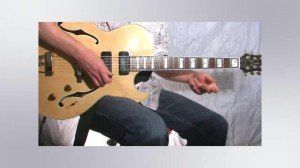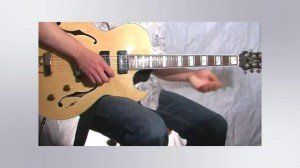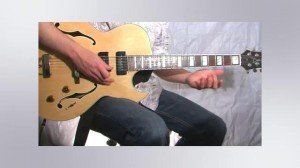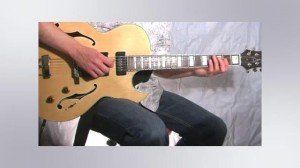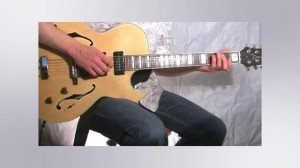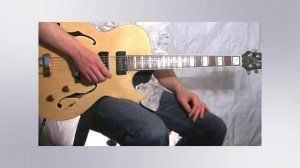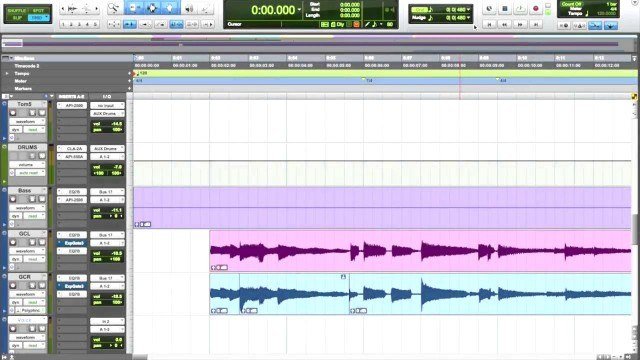The Major 9. The Major 9th interval comes from moving 9 scale degrees away from the root of the Major scale.
As you will notice, the 9th scale degree is the same as the 2nd. When using this interval in a chord, it is important to pay attention to your Major 3rd. If the Major 3rd is being used with the Major 9, the chord is indeed a Major 9. If there is no 3rd, it will be a sus 2.
Having said all this, when you look at the guitar voicings below, you will see I have contradicted myself. Technically a Maj9 chord requires a Major 3rd. However, due to the nature of the guitar, it is not always possible to play the 3rd in the chord. Especially if you're aiming for a particular sound such as the last two guitar voicings.
So really, those chords that had the 9th but no 3rd, should be called some kind of sus2. In many situations though, particularly in Jazz, using these 'suspended' voicings can be quite acceptable, even when the chord chart specifically said 'C MAJ 7'.
OK. We have reached the end of this tutorial on Intervals.
The whole point of these lessons was to outline the main differences between different kinds of Major chords. We looked at how to include suspensions, how to build them, and the various ways we can manipulate them to achieve different sounds with the same notes. I hope I have achieved this.
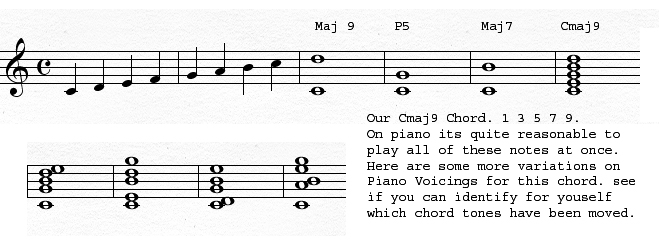 |


